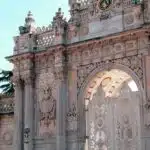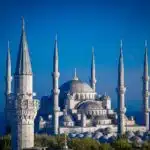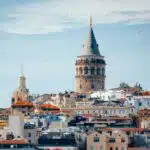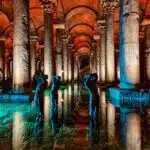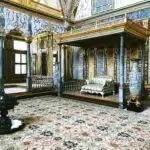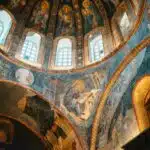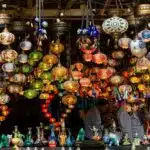The Hagia Sophia, one of Istanbul’s most iconic landmarks, is a masterpiece of Byzantine architecture and a symbol of the city’s rich history. Originally constructed as a cathedral in 537 AD by Emperor Justinian I, it later became a mosque under the Ottoman Empire in 1453, and is now a museum.
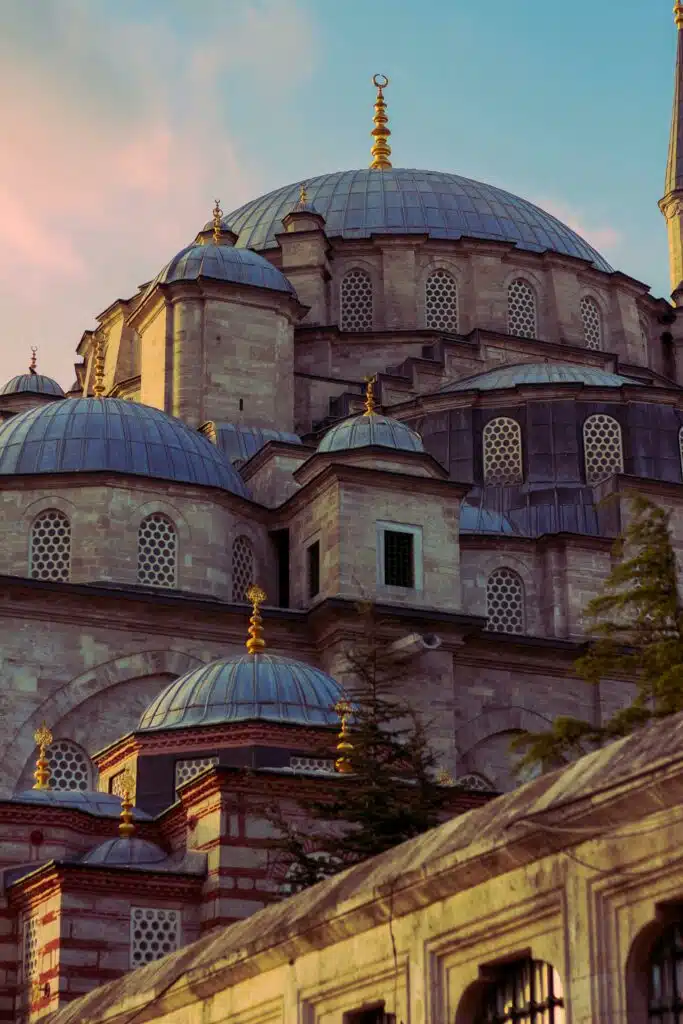
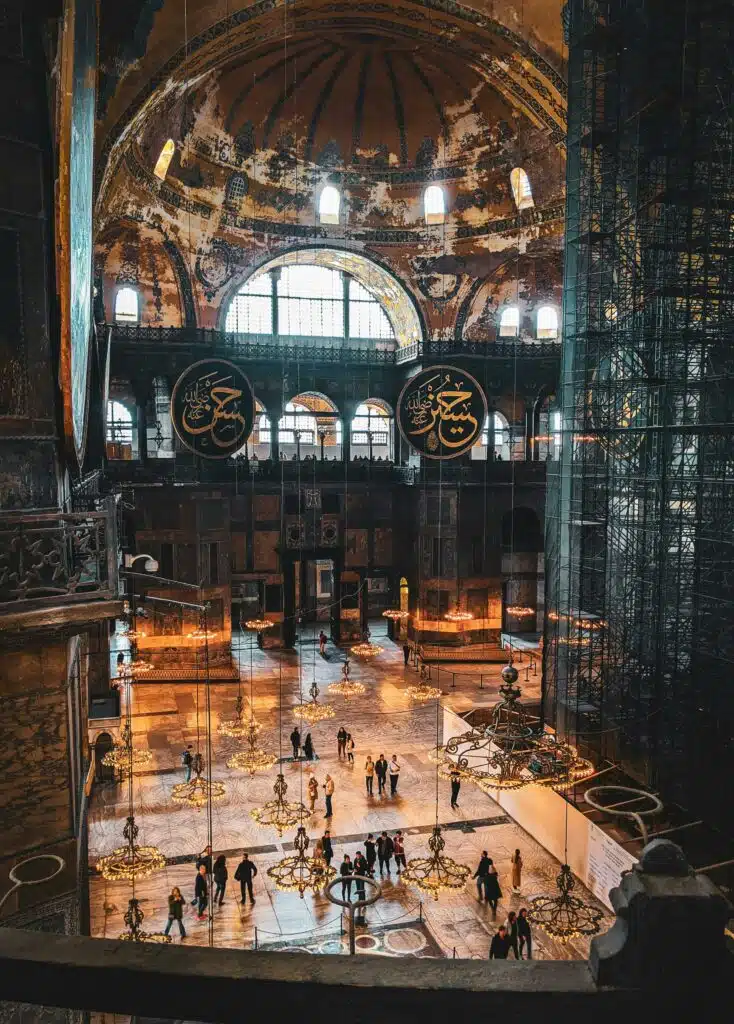
What to Discover When Visiting Hagia Sophia
- Main Dome: The massive dome, considered an engineering marvel of its time, appears to float above the central nave thanks to its innovative design and use of light.
- Mosaics: Marvel at the intricate mosaics that adorn the interior, including the famous image of the Virgin Mary with Child, the Deesis mosaic featuring Christ, the Virgin Mary, and John the Baptist, and various other Byzantine religious scenes.
- Marble Columns and Floors: Admire the beautiful marble columns and floors, including the famous “Wishing Column” with its distinctive copper plating where visitors traditionally make a wish.
- Calligraphic Panels: Observe the impressive Ottoman calligraphy on large roundels that feature the names of important Islamic figures, including Allah, Muhammad, and the first four caliphs.
- Minarets and Mihrab: Although originally a Christian church, the Hagia Sophia features minarets added during its time as a mosque, as well as a mihrab (prayer niche) indicating the direction of Mecca.
- Gallery Levels: Explore the upper galleries to view the space from a different perspective and see additional mosaics and architectural details.
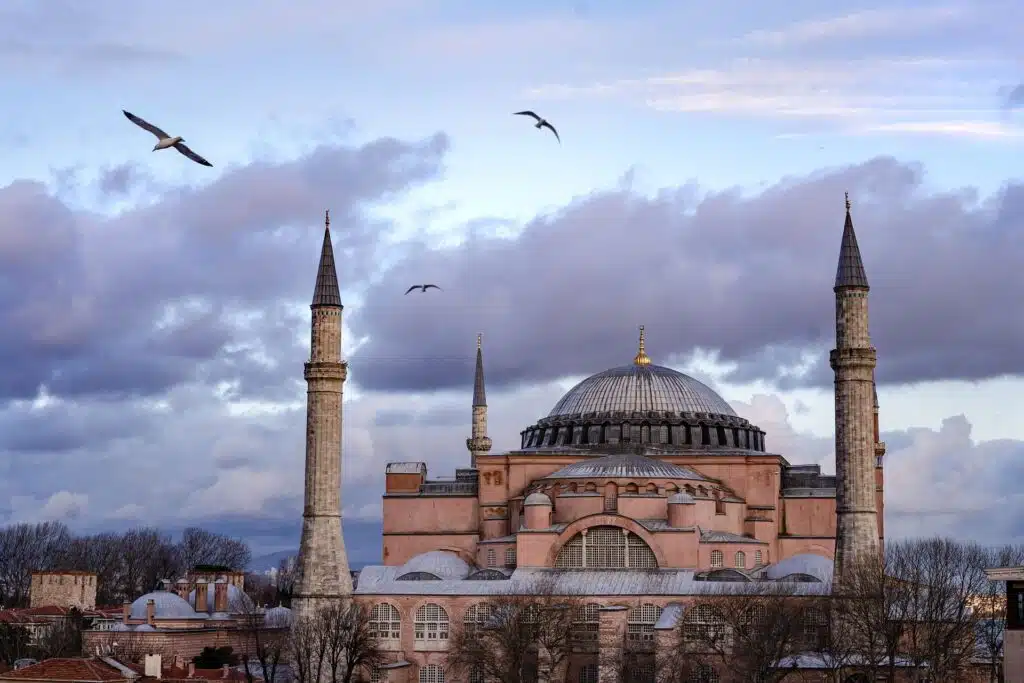
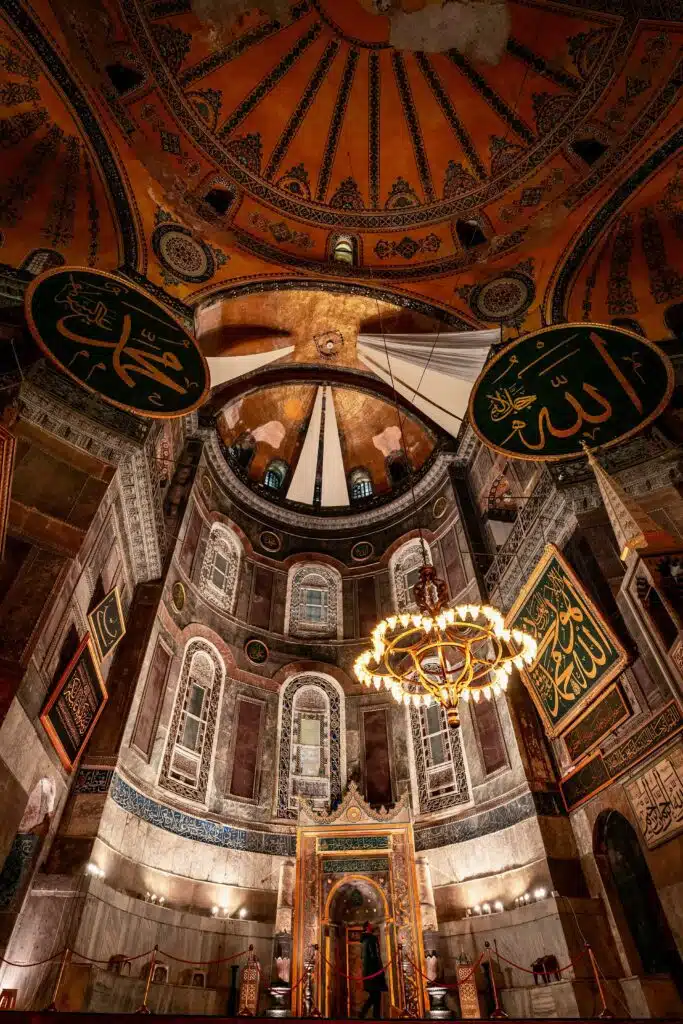
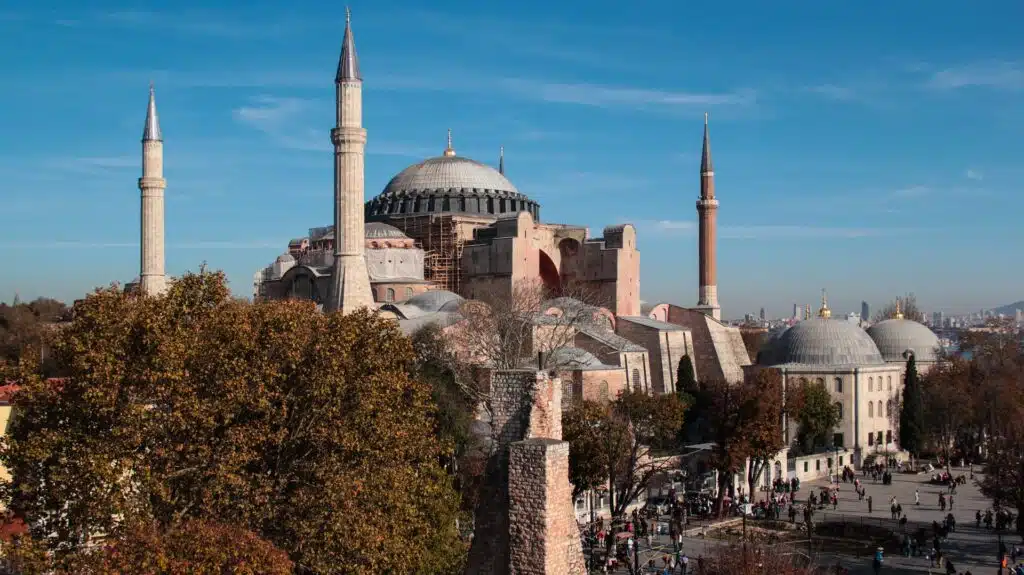
Tips for Visiting Hagia Sophia
- Timing: Visit early in the morning or later in the afternoon to avoid the peak crowds, especially during peak tourist seasons.
- Dress Code: Dress modestly as a sign of respect. Women may need to cover their heads with a scarf, and both men and women should avoid wearing shorts or sleeveless tops.
- Tickets: Purchase tickets in advance or use an Istanbul Museum Pass to skip long lines. Check the official website for the latest information on opening hours and ticket prices.
- Audio Guides: Consider renting an audio guide or joining a guided tour to gain deeper insights into the history and significance of the Hagia Sophia.
- Photography: Photography is allowed, but be mindful of other visitors and avoid using flash.
- Respect the Space: Be respectful of the space and the diverse visitors who come to experience its religious and historical significance.
The Hagia Sophia is not just a visual spectacle but a testament to Istanbul’s layered history and its unique role as a bridge between cultures and religions.

